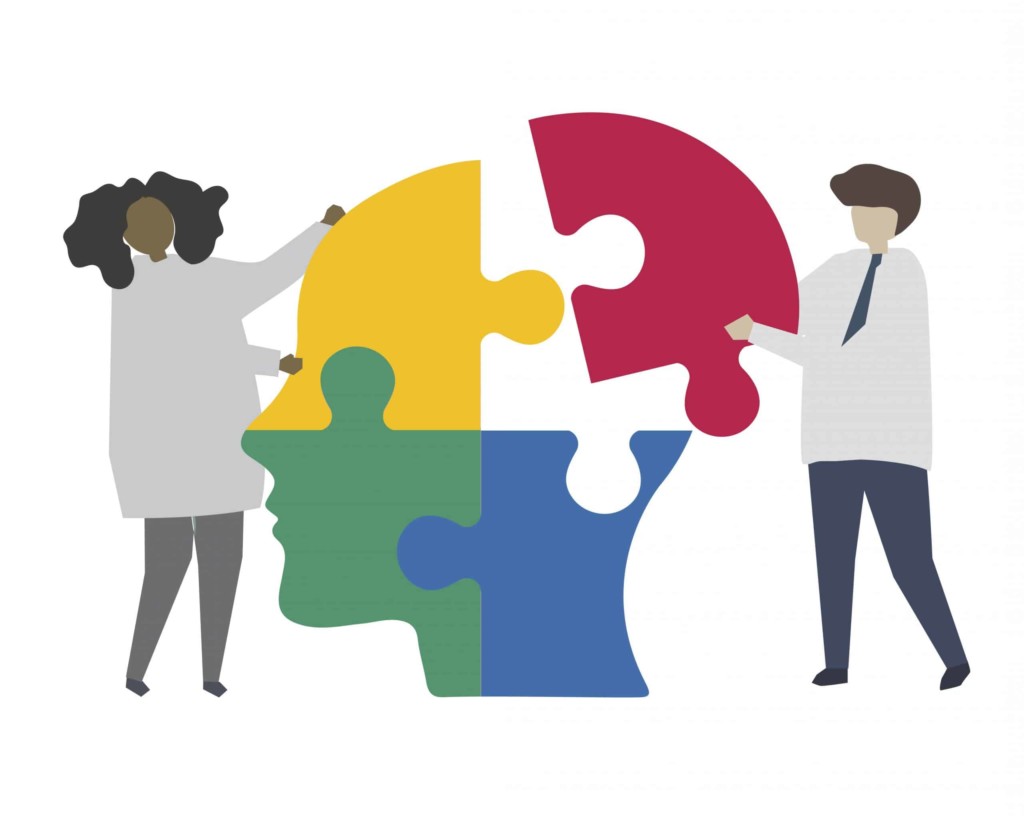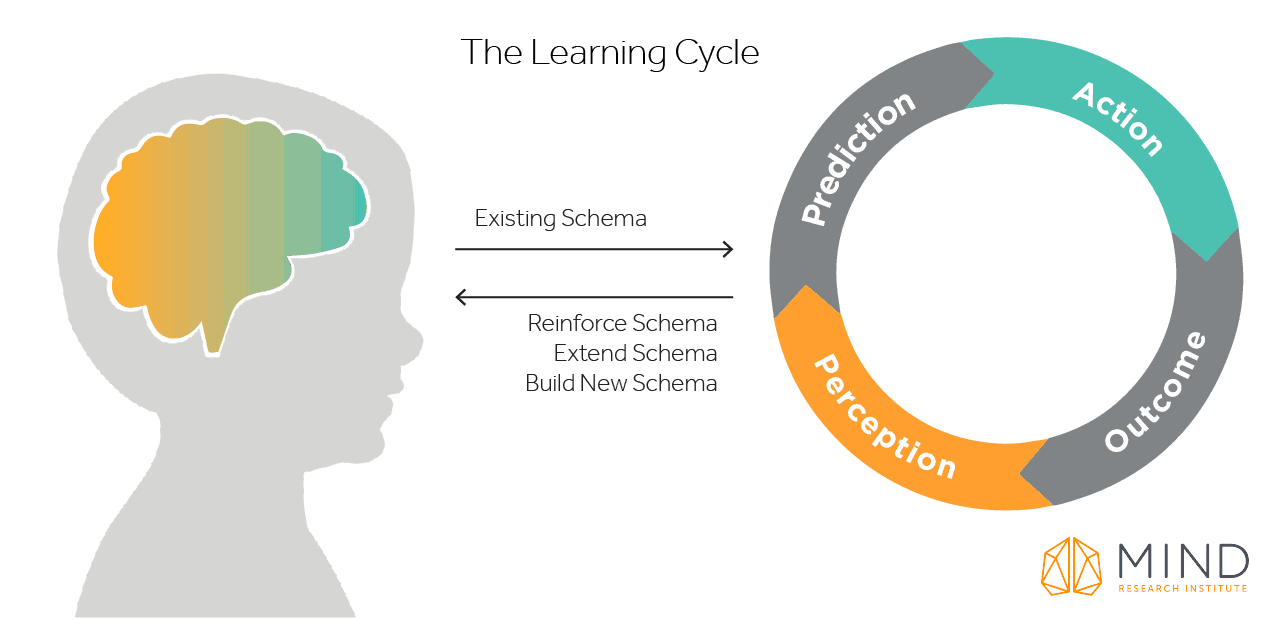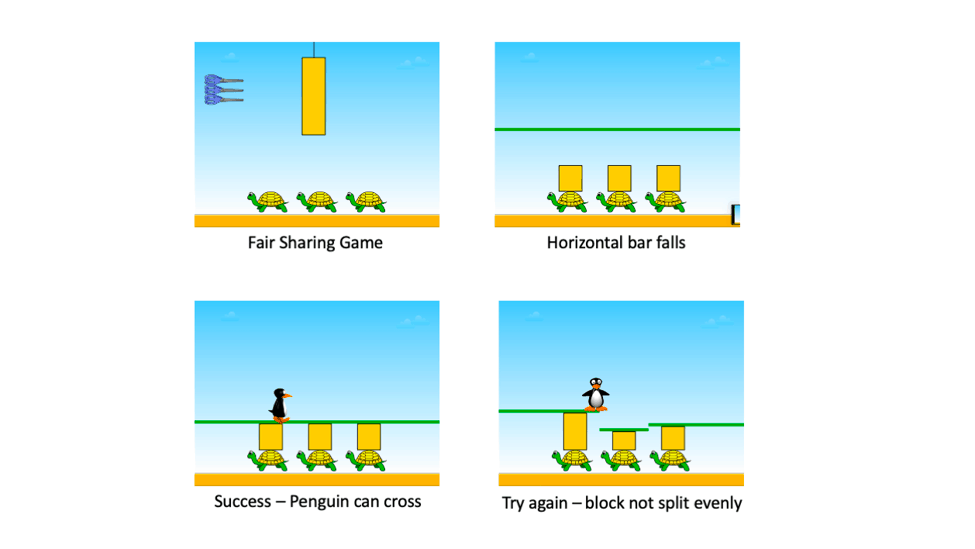How the Brain Science of Games Helps Students Reach ‘Aha Moments’

By: Nigel Nisbet
I still remember the first time students in my high school geometry class had one of those “aha moments.” I was drawing a conclusion on the board, and I heard an audible gasp from half the class as they thought, “Oh, wow, I get it!”
The hairs on the back of my neck stood up and I thought, “Oh my God, I want that to happen every day.”
Of course, those moments don’t happen every day, and I learned just how hard it can be to create them myself shortly after that experience.
I had a student in his junior year who was years behind as a result of illness and was struggling to catch up. I worked with him through the regular semester and summer school, and he progressed from Algebra I through AP Calculus in about two years. There were many aha moments for him along the way and, more importantly, a future with college in it, but it required a lot of investment and hard work from both of us—and that was for one student!
I decided that I wanted to learn how to make those moments happen at scale. As profound as it felt to me to inspire my students, these moments are even more powerful for the students to whom math suddenly makes sense, to whom college may no longer feel out of reach.
It turns out that we know enough about the brain to make aha moments happen for students, and games are good vehicles for inspiring them.
It’s easy to see why educational games are appealing. Who doesn’t like games? As educators, we know our students are playing them, and we know that students learn better when they are intrinsically motivated to engage with material. But educational games can offer a lot more than increased engagement. With a focus on how our brains actually learn, properly designed games can help students persist and develop a conceptual understanding of the material that is not dependent on rote memorization.
The Value of Failure
Our brains come equipped with powerful learning systems, and if we design materials to match these systems we can learn very efficiently and effectively. One of these systems, which neuroscientists call the perception-action cycle, shows that human beings learn much better by actively doing than by passively being told. Our brains form a model of how the world works based on past experiences—a schema—and then use that model to make predictions about new stimuli. As we take action based on that model, we get feedback from our environment. If the feedback is in line with our existing model, it reinforces our model and strengthens the neural pathways underlying it.

But when we get something wrong, if the right immediate informative feedback is available, we gain valuable information about what is right, and that not only informs our understanding of the question at hand, it triggers our brains to extend existing schema or create entirely new ones.
With this understanding of the perception-action cycle, it’s plain to see how games can be extra powerful learning environments. First, games can offer a safe place to fail over and over, gaining new information, updating our model, and carving newer or deeper pathways. Games can also increase students’ persistence in the face of failure. With games, every player knows that the solution is there to be figured out if they stick with it. By applying this inherent persistence of games to learning concepts, we can help students transfer that persistence to, for example, math.
Nonverbal Conceptual Pathways
Another advantage games can offer is the ability to help learners develop a conceptual understanding before they have the language necessary to understand new ideas.
We often focus on giving students academic language before they have a firm understanding of the concepts that language describes. My son’s 1st-grade teacher was quite explicit about this when she told me, “The most important things in first-grade math are that they can add and subtract within twenty, and they need to learn the word ‘addend.’”
But what is the word “addend” to a 1st-grader? They can memorize a definition and repeat it back to you, but it’s still utterly meaningless without the conceptual context. When students are confronting something new, language can be a secondary barrier to understanding. The perception-action cycle happens fast—but if a child has to make sense of new concepts with language, that adds a new filter and the perception-action cycle slows down or breaks altogether, we need a way to get meaningful informative feedback into the students’ brains fast!
If we begin introducing concepts visually, we feed the perception-action cycle at a rapid pace and help all students build the fundamental mathematics schemas they need to be successful. Language is a critical part of the learning process, but it’s where we want to end up, not where we start. Early on, we want the language of learning to be the student’s own language as they make sense of big ideas.
Take the beginnings of division—and fractions—as an example. Imagine we want to share a rectangular block equally among three turtles. We have a tool to cut the block anywhere we want, and once we’ve split the block into three parts they land on the backs of the three turtles and a horizontal bar drops from the sky. A penguin tries to walk across. If we have cut the block into equal parts, the horizontal bar is properly supported and the penguin can cross unimpeded, but if our cuts were uneven the horizontal bar falls and breaks and the penguin cannot cross. Through purely visual immediate informative feedback and by engaging the student’s perception-action cycle, we build up a schema of sharing into equal parts without any language being involved. 
In the next round, we might introduce numbers to the game and then, eventually, words. By the time we get to the words, however, students have already developed a conceptual framework of equal sharing that they can pin the word “division” to when we introduce it.
They’ve had their aha moment before they even had a word for the idea falling into place. I may not be able to make them happen in the classroom at will, but with games, we can be sure they’re happening more and more in classrooms around the world every day.
For more, see:
- Podcast: David Blustein on Working in America
- 6 Collaboration Tools That Take Learning Beyond the Classroom
- How Blockchain Could Impact Education in 2020 and Beyond
Stay in-the-know with innovations in learning by signing up for the weekly Smart Update.
Nigel Nisbet is a former mathematics teacher and mathematics specialist with the Los Angeles Unified School District. Today, he is the vice president of content at MIND Research Institute, provider of ST Math, a game-based visual-temporal platform for math instruction. A former rock star with the band Electrasy, these days Nigel more often applies his talent for engaging performance to presentations about math and learning through venues such as TEDx. Follow him on Twitter @nigel_nisbet.






0 Comments
Leave a Comment
Your email address will not be published. All fields are required.